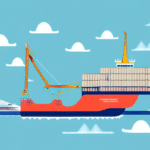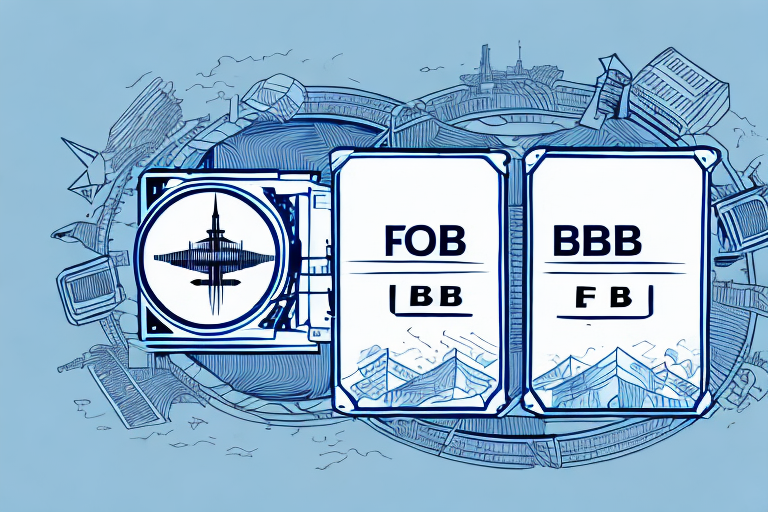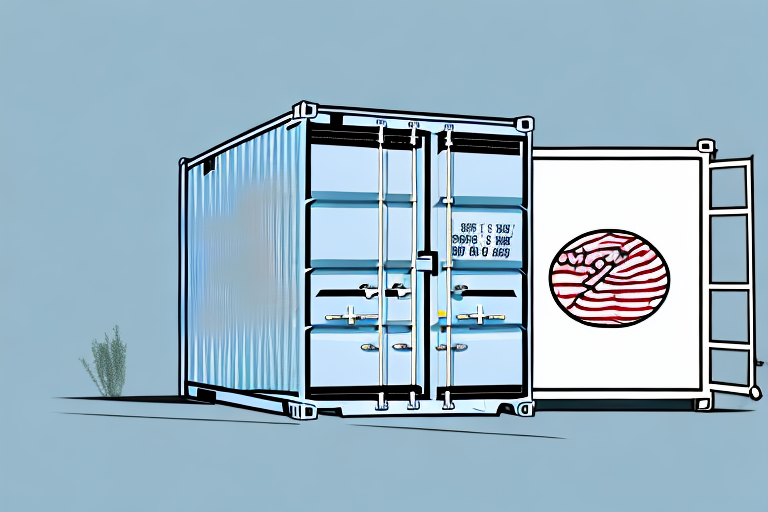Comparing FOB Destination and Shipping Point: What You Need to Know
Are you struggling to choose between FOB Destination and Shipping Point for your business? This comprehensive guide will help you understand the differences between the two, enabling you to choose the option that best suits your needs.
Understanding FOB Destination and Shipping Point
FOB stands for "Free on Board," and it defines the point in the supply chain where ownership and responsibility for goods transfer from the seller to the buyer. The two primary terms are:
- FOB Destination: Ownership transfers when the goods arrive at the buyer's premises.
- Shipping Point: Ownership transfers once the goods leave the seller's warehouse.
Understanding these terms is crucial for determining who bears the risk and cost during transit.
Key Differences and Legal Implications
Point of Ownership Transfer
The main difference lies in when ownership and responsibility transfer. Under FOB Destination, the seller retains ownership until delivery, whereas under Shipping Point, the buyer assumes ownership immediately upon shipment.
Legal Responsibilities
Legal responsibilities, including insurance and liability for loss or damage, are influenced by the chosen term. It is essential to clearly define these terms in contracts to avoid disputes.
For more detailed legal insights, refer to the American Bar Association's guidelines.
Advantages and Disadvantages
FOB Destination
- Advantages: Reduced risk for the buyer, as the seller handles transportation and bears the risk until delivery.
- Disadvantages: Potentially higher costs for the seller, which may be passed on to the buyer.
Shipping Point
- Advantages: Greater control over shipping logistics for the buyer and potentially lower costs.
- Disadvantages: Increased risk for the buyer, who assumes responsibility once goods are shipped.
Choosing the Right Shipping Term: Factors to Consider
When deciding between FOB Destination and Shipping Point, consider the following factors:
- Control Over Logistics: Do you prefer to manage the shipping process or leave it to the seller?
- Cost Implications: Analyze who will bear the transportation and insurance costs.
- Risk Management: Assess your tolerance for risk during transit.
- Product Nature: Perishable or fragile goods might benefit from FOB Destination to ensure careful handling.
Impact on Supply Chain and Inventory Management
The choice between FOB Destination and Shipping Point significantly affects supply chain dynamics and inventory management. For instance:
- Inventory Levels: FOB Destination may lead to higher inventory levels as goods arrive directly to the buyer.
- Supply Chain Efficiency: Shipping Point can streamline processes by allowing buyers to consolidate shipments.
According to the Supply Chain Digital Report 2023, effective management of shipping terms can enhance overall supply chain efficiency by up to 15%.
Best Practices and Common Mistakes
Best Practices
- Clear Contract Terms: Ensure that shipping terms are explicitly stated in contracts to prevent misunderstandings.
- Insurance Coverage: Regardless of the term, consider purchasing insurance to mitigate risks.
- Reliable Partners: Work with reputable shipping carriers to ensure timely and safe delivery.
Common Mistakes to Avoid
- Ignoring Legal Implications: Failing to understand the legal responsibilities can lead to disputes and financial losses.
- Overlooking Costs: Not accounting for all transportation and insurance costs can affect profitability.
- Lack of Communication: Poor communication with suppliers can result in delays and damaged goods.
Freight Costs and Financial Considerations
Freight costs vary significantly between FOB Destination and Shipping Point:
- FOB Destination: Sellers typically cover transportation costs, which may lead to higher product prices.
- Shipping Point: Buyers are responsible for shipping costs, allowing for potential cost savings through negotiated rates.
Businesses should perform a cost-benefit analysis to determine which term aligns with their financial strategies.
Case Studies and Future Trends
Case Studies
Several companies have successfully implemented these shipping terms:
- Company A: Adopted FOB Destination to enhance customer satisfaction by ensuring timely and safe deliveries.
- Company B: Chose Shipping Point to reduce logistics costs and improve supply chain flexibility.
Future Trends
The integration of technology in supply chain management is shaping the future of shipping terms. Advanced tracking systems and predictive analytics are enabling more informed decisions between FOB Destination and Shipping Point.
According to a report by McKinsey & Company, the adoption of real-time data analytics is expected to grow, providing businesses with greater visibility and control over their shipping processes.
Conclusion: Making the Right Choice for Your Business
Choosing between FOB Destination and Shipping Point depends on various factors, including your business logistics, cost considerations, and risk tolerance. By thoroughly understanding the implications of each term and assessing your specific needs, you can make an informed decision that optimizes your supply chain and enhances operational efficiency.






















